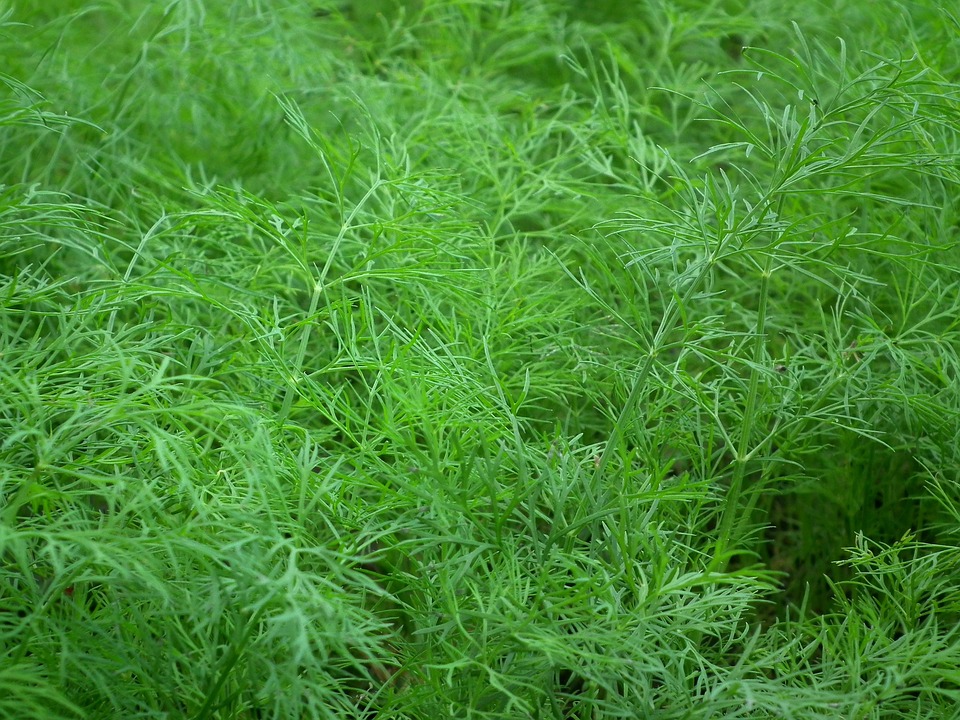
Dill
Anethum graveolens
Basic Information
🌿 Family: Apiaceae🗺️ Zone: 2-11
Other Names:
- Dill Weed
- Lao Coriander
🌡️ Ideal Temperature : 50°F – 80°F
🔥 Heat Tolerance: Up to 100°F
❄️ Cold Tolerance: Down to 25°F
🌱 Type: Perennial
Layers
- Herbaceous
Functions
- Edible
- Medicinal
- Pollinator
- Wildlife Attractor
- Border Plant
- Pest Management
Pests
Description
Dill (Anethum graveolens) is an aromatic, feathery-leaved annual herb that grows up to 90 cm (3 feet) tall. It produces delicate, umbrella-shaped clusters of yellow flowers that attract beneficial insects. The entire plant, including leaves, seeds, and flowers, is edible.
Dill thrives in well-drained, slightly acidic to neutral soil and is commonly used as a culinary and medicinal herb. It self-seeds easily, making it a great addition to herb gardens and food forests.
🌞💧 Sun and Water Requirements:
- Prefers full sun but tolerates partial shade.
- Grows best in well-drained, sandy or loamy soil.
- Requires moderate watering; avoid overwatering to prevent root rot.
✂️🫘 Methods to Propagate:
- Seeds: Direct sow in early spring or late summer; does not transplant well.
- Self-seeding: Reseeds easily if flowers are left to mature.
- No division: Best grown from seed rather than division or cuttings.
🧑🌾👩🌾 When to Harvest:
- Leaves can be harvested once plants reach 20 cm (8 inches) tall.
- Flowers should be harvested when fully open for best flavor.
- Seeds are ready when they turn brown and dry on the plant.
Purpose
Dill serves multiple functions in a permaculture system:
- Edible: Leaves, seeds, and flowers are used in cooking, pickling, and teas.
- Medicinal: Supports digestion, reduces bloating, and has antimicrobial properties.
- Pollinator: Flowers attract bees, butterflies, and other beneficial insects.
- Wildlife Attractor: Provides nectar for pollinators and predatory insects.
- Border Plant: Works well in herb gardens, vegetable beds, and companion planting.
- Pest Management: Attracts predatory insects such as ladybugs that help control aphids.